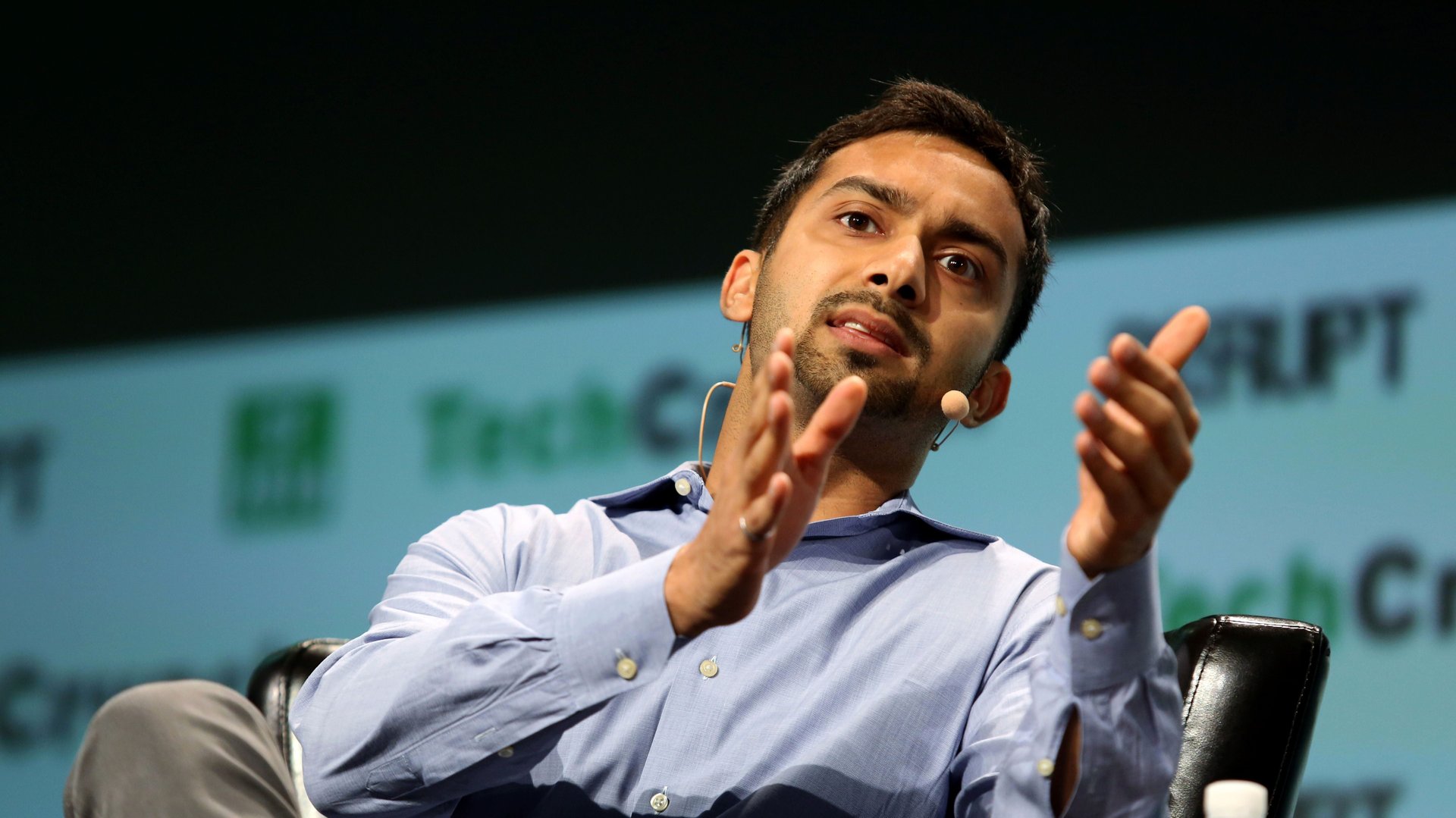Instacart is surpassing Target and Kroger in online grocery delivery
It’s been a good year for groceries, and in particular for Instacart. A new report from the investment bank Cowen found that the food delivery company has surpassed Target and Kroger in popularity as a destination for online grocery orders. That puts Instacart, which started in 2012, right behind big retailers Walmart and Amazon.


It’s been a good year for groceries, and in particular for Instacart. A new report from the investment bank Cowen found that the food delivery company has surpassed Target and Kroger in popularity as a destination for online grocery orders. That puts Instacart, which started in 2012, right behind big retailers Walmart and Amazon.
The San Francisco-based company is still proving popular with investors, too. Last week, Instacart announced it has raised another $200 million, at a valuation of $17 billion. That’s up from a $2 billion valuation in 2015.
Even as many states have been easing lockdown measures, the Cowen report shows that in August, 32% of respondents indicated they had purchased groceries online, up from 18% the previous year.
Traditional grocers and retailers are generally not all that tech savvy. The need to swiftly set up systems for online ordering and home delivery in the pandemic provided Instacart the opportunity to expand its partnerships. It now offers delivery from more than 500 retailers such as Walmart, 7-Eleven, and Sephora, and delivers from 40,000 store locations across the US and Canada. The high demand for online delivery has been felt by the Instacart workers who have been protesting for hazard pay and better benefits.
Groceries are a low-margin business. Still, big retailers like Amazon and Walmart have long seen them as a way of attracting frequent buyers in the hopes they’ll also shop for higher-margin items.
The question for Instacart, meanwhile, is whether its newfound customers will continue to stick around and pay up for delivery, particularly outside the urban markets where the service got its start.